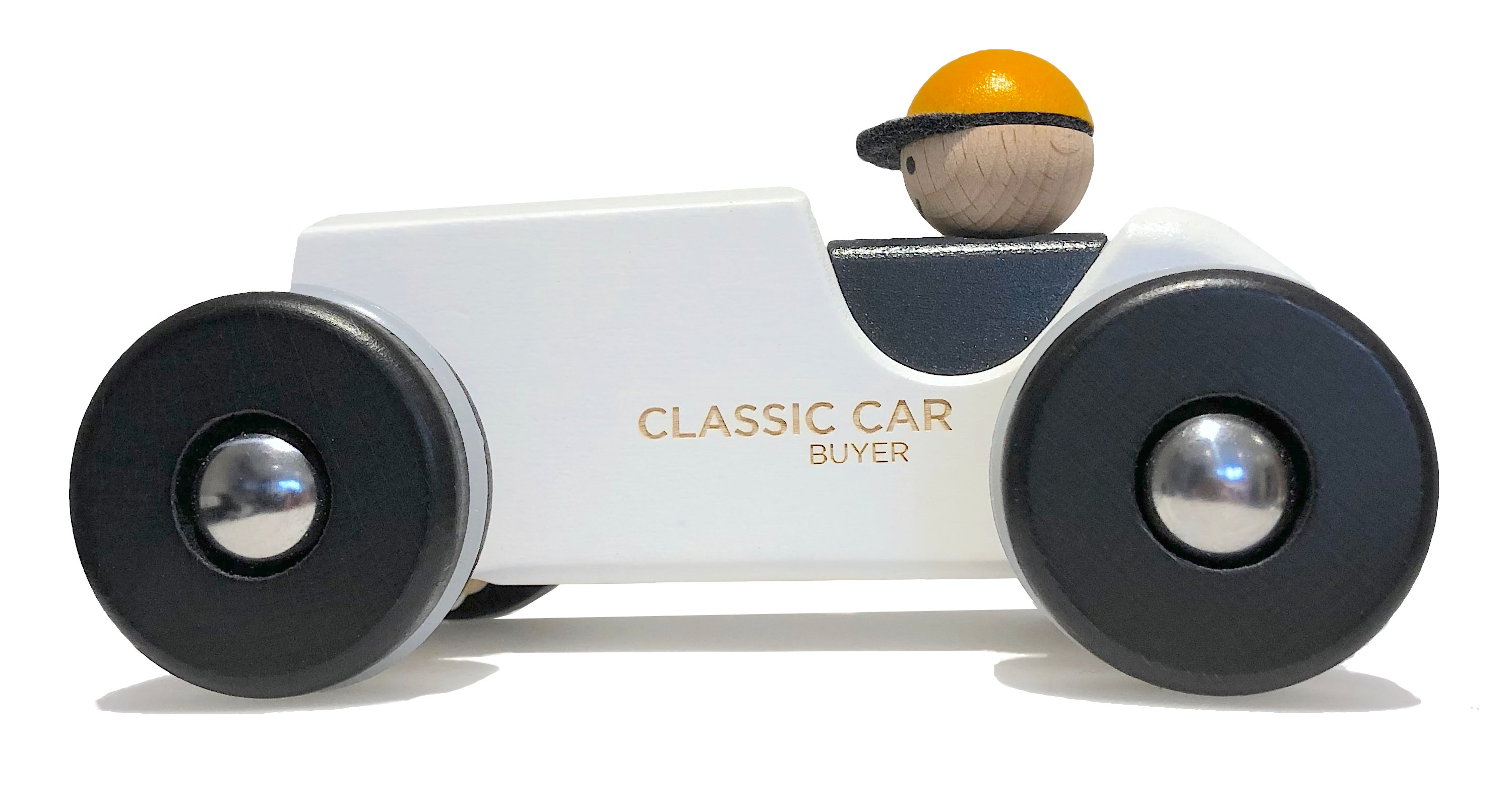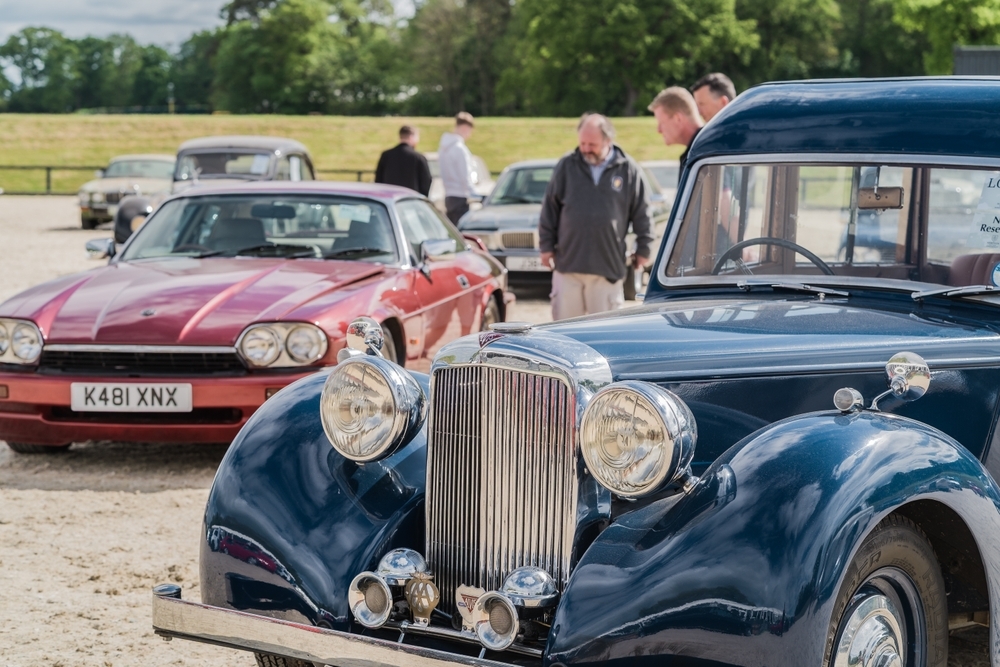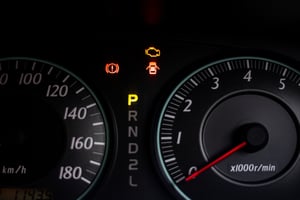As the colder months set in, many classic car owners will face a familiar dilemma, which is how to...
Sadly, the classic car market can be the perfect hunting ground for fraudsters and scammers. Buyers are often driven by emotion or nostalgia for a certain car, or perhaps have an uncertainty about how the process should go - and this can lead to them getting into trouble if not careful. Indeed, if a deal looks too good to miss, that’s exactly when you’re most likely to get played. Scammers count on you really wanting the car, and probably being too trusting, so that you don’t ask the questions that would expose their true intentions.
Let’s have a look at some of the things you need to be aware of, in case you are thinking of making a purchase and want to fully protect yourself.
The warning signs that shouldn’t be ignored
Some people walk straight past obvious warning signs because they assume a seller with a charming story or an online glossy photo gallery for the car must be genuine. There are a few initial things to look out for, such as a seller being unwilling to show you the car in person; rushing you to put down a deposit; dodging straight answers, or offering a price that’s way below the market value, for example. Any of the above could constitute a set up, so treat these as deliberate signs that something is off until proven otherwise.

How to verify a car’s history without being fobbed off
It’s shocking how many buyers wouldn’t bother with doing really detailed checks on the car they are interested in. You should be validating the VIN (this is often stamped into the chassis, the dash or the door), confirming the MOT records if applicable, checking whether the car was imported, and verifying ownership through the V5C. If the seller apparently doesn’t ‘have’ the paperwork, walk away. Authentic sellers expect a level of scrutiny, and a scammer will rely on you being too embarrassed to potentially push the issue.
Why viewing the car in person is usually non-negotiable
Buying any car ‘sight unseen’ is generally not a good idea. Any photos provided could hide evidence of corrosion, and even seeing a video doesn’t mean that you would be aware of any mechanical defects. A genuine seller will let you inspect the vehicle thoroughly, including the underneath. If they refuse or offer weak excuses about why it shouldn’t happen, then you might want to seriously be considering why that is.
How payment mistakes could cost you thousands
The moment you transfer money to someone you’ve never met for a car you’ve never seen, you’ve in dodgy territory! Bank transfers offer little protection, and of course cash is even worse. Be wary of payment requests via services such as Western Union, or being told that you are automatically protected by PayPal or similar - do your research first to see what would happen in the event of an issue arising about payment. If a seller insists on anything other than a secure, traceable method of payment, you might assume they’re trying to do a runner with your money.

Know when to walk away
If something feels off, it usually is. The biggest mistake buyers make is trying to rationalise their doubts because they’ve already pictured themselves owning the car, and that could blind them to the risk. Walking away doesn’t cost you anything, but ignoring your instincts can cost you every penny you’ve set aside for your dream classic car.
Buying classic cars online and at auction
First things first, make sure you are looking for cars on reputable websites, ideally that stock classics, such as Autotrader, for example. Unfortunately, there are some online listings that have fabricated histories, stolen photos and too good to be true pricing. One of the biggest mistakes buyers can make is assuming that a slickly-written advert signals legitimacy - not always! Anyone can steal images, copy a spec sheet and make up a sentimental backstory about a relative who ‘cherished’ the car. This is where doing your research first comes in very handy - you should know what sort of price the car you want to buy is generally going for in other listings, and what the listings of similar cars contain in terms of information about the car.
Have your wits about you at auction, too. Some classic cars enter these with somewhat vague descriptions, undisclosed issues or cosmetic touch-ups that could mislead the untrained eye. Don’t rely on the auction house to automatically protect you; their job is to move stock, not police the truth. Inspect the car thoroughly beforehand and remember that if you’re caught up in the adrenaline and a bidding war, you could end up ignoring faults that another buyer would walk away from.
Buying from private sellers
Private sellers can vary wildly, from genuine classic enthusiasts to chancers trying to shift a problematic car on the next owner before it collapses in a puff of smoke. Don’t let a friendly personality and a fancy driveway lower your guard… If the seller avoids letting you test-drive it from cold, hesitates to show you invoices or offers oddly convenient explanations for missing paperwork, be on your guard. Decent owners will know their car inside-out and won’t flinch at you asking for further information. If you’re being distracted or rushed, understand that you’re likely being played.
Buying imported classics
Imports are an area where buyers could really lose out because they don’t understand the extra layers of risk. Photos tell you nothing about rust issues caused by different climates, and overseas sellers know that UK buyers can’t just pop over to inspect the car on a Tuesday afternoon. You really need to verify the shipping documents and export paperwork, chassis numbers and customs records before all the money changes hands. An import that goes wrong becomes an expensive, un-useable car stuck in a port - or an MOT nightmare.
Buying from dealers
People assume buying from dealers is safer because they have a premises and a website. Many are obviously experts and very knowledgeable about the industry, but there should be no difference in the questions you ask of a dealer than a private seller, so be sure to ask about the provenance, restoration work, cold-start behaviour and corrosion history as well as check out all of the paperwork that comes with the car. If a dealer tries to fob you off instead of providing proof of their answers, that’s a sales tactic rather than reassurance.
Restoration and project car scams
Project cars are an area where inexperienced buyers can get fleeced. Sellers describe half-stripped shells as ‘easy finishes’ or '90% complete’, conveniently forgetting to mention that the missing 10% involves some rare, expensive parts you’ll struggle to source. Others might slap a bit of filler over areas of rust, and spray a cheap coat of paint and call it a fresh restoration. Never take a restoration claim at face value - you should ask to see the before-and-after photos, the receipts for the parts and labour, and if in any doubt, take a specialist with you to view. If the timeline is vague or the story about the car keeps shifting, there could be a hidden problem.

Misleading mileage and provenance claims
It might be fine, but in general classic cars with remarkably low mileage should instantly raise a little bit of suspicion. Odometers on older vehicles are easily replaced or altered, and sellers know that low mileage sells. As for the provenance, some buyers might take a stack of printed receipts as proof of legitimacy, whereas in reality that paperwork could belong to an entirely different car. Cross-check the dates and the VIN numbers, and if there are any gaps in the chronological history of the car, do ask why.
There’s a few points to consider there! When buying a classic, just make sure you do your research first, be aware of the potential scams out there, and then take your time to really check out the car and its paperwork before committing to buy. That way, you’ll be on the right track to getting yourself a wonderful, legitimate classic that won’t cause you a headache by being scammed.







